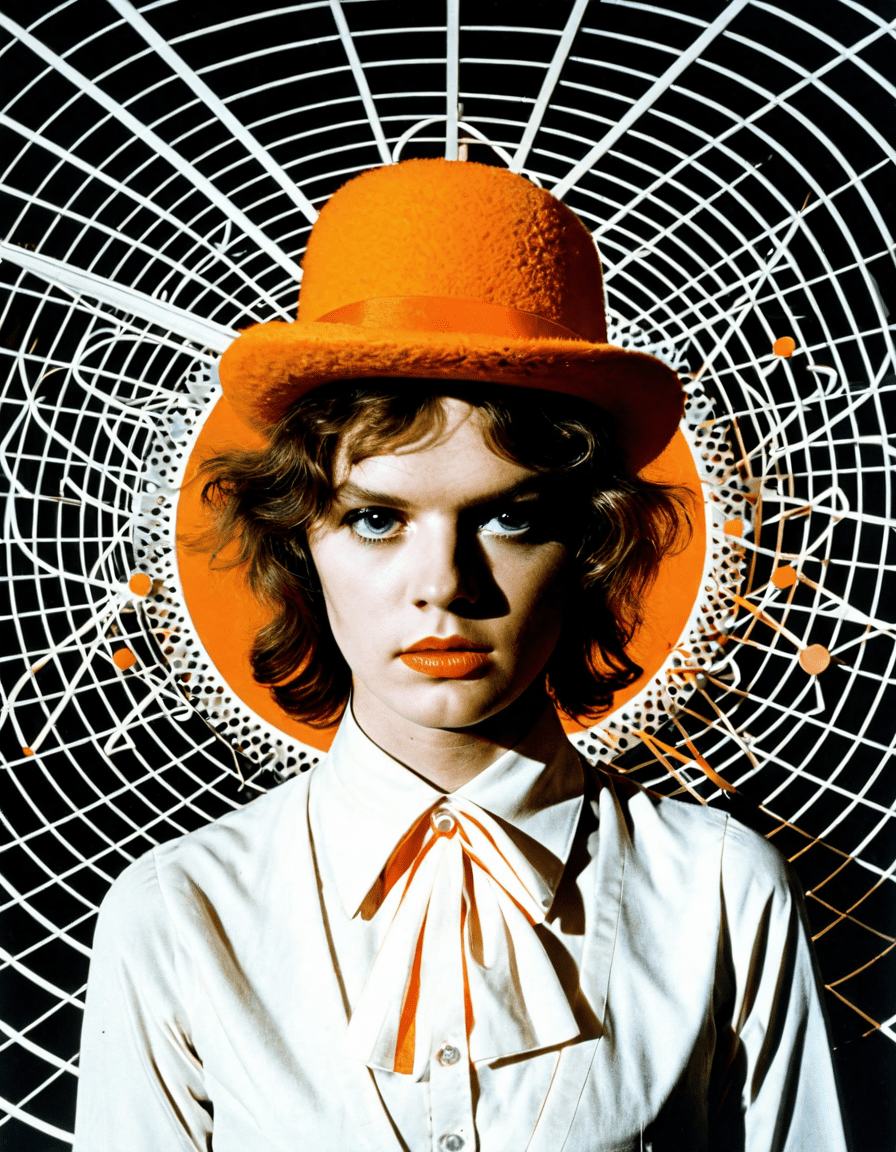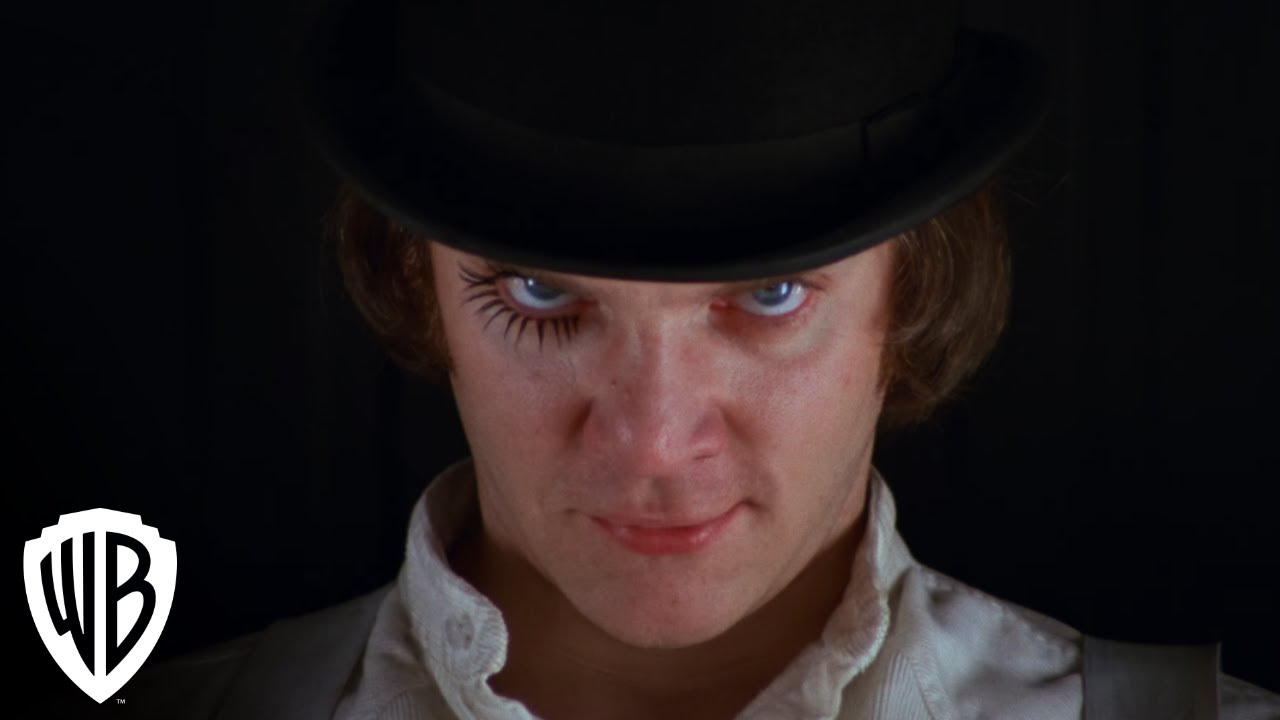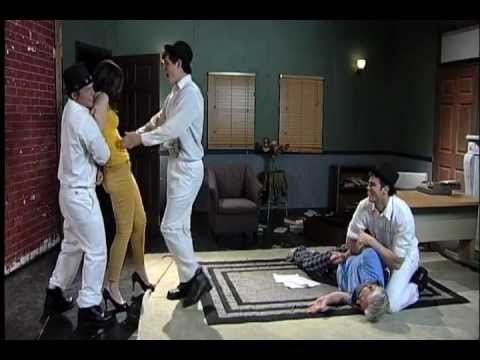Stanley Kubrick’s A Clockwork Orange, released in 1971, has become more than just a film; it’s a cultural phenomenon that has left its mark on modern cinema. This disturbing masterpiece unflinchingly probes themes of violence, free will, and morality, placing it among the most provocative works in cinematic history. As we dive into its legacy in 2026, we can’t help but appreciate how this cult classic still shapes contemporary filmmaking and engages audiences worldwide.
The Undeniable Impact of A Clockwork Orange in Modern Cinema
Clockwork Orange is not just a film you watch; it’s an experience that forces you to confront uncomfortable truths about society and the human condition. Its influence seeps into various aspects of media, inspiring directors, artists, and writers to tackle themes that challenge our moral convictions. Even today, filmmakers cite A Clockwork Orange as a reference point, paying homage to its bold stylistic choices and profound philosophical questions.
While flicks like Trainspotting and series such as Westworld tackle similar themes, none quite capture the visceral horror and twisted humor that Kubrick delivered. Remarkably, discussions around state control and youth violence still resonate, creating dialogues that transcend generations.
Kubrick’s avant-garde approach forces us to question how far cinema can go without crossing moral boundaries. The unyielding nature of A Clockwork Orange not only captivates audiences but also pushes other filmmakers to explore contentious topics, making it a benchmark in cinematic history.
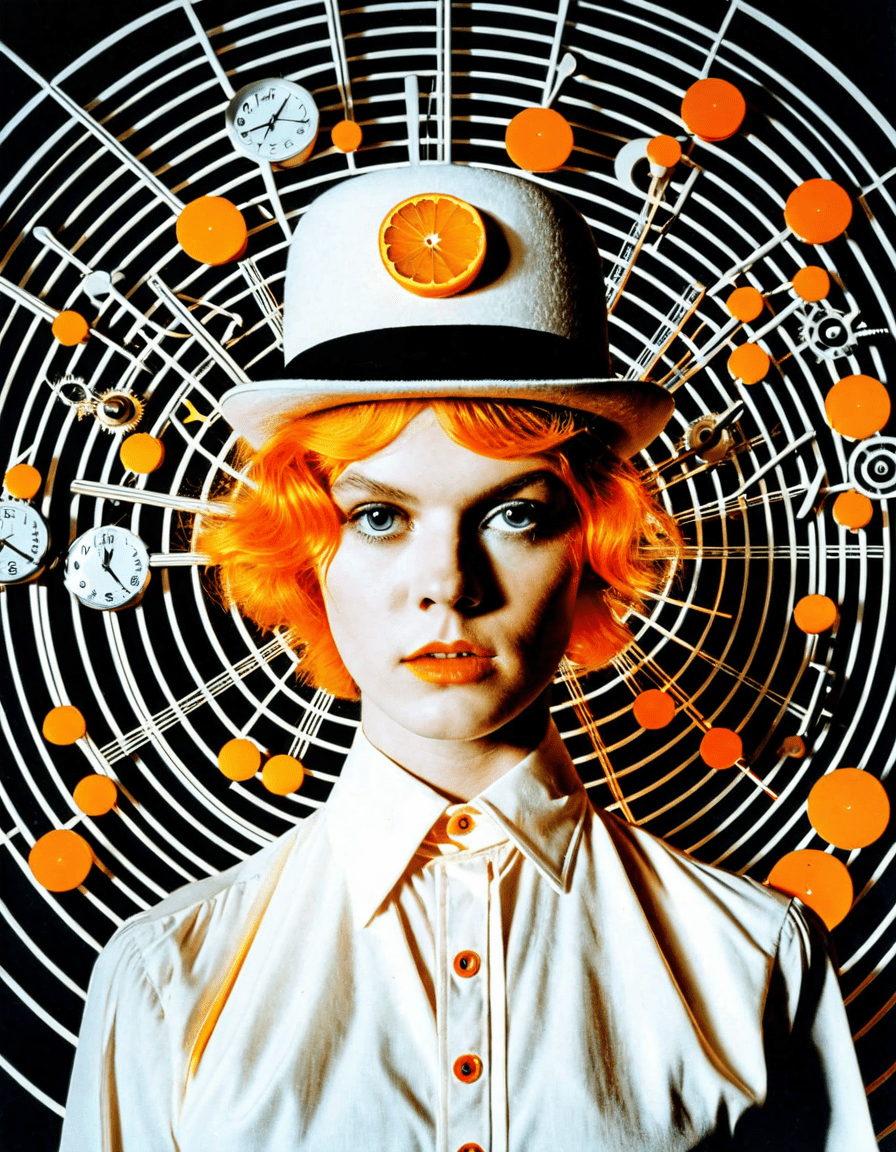
Top 7 Disturbing Elements that Make A Clockwork Orange a Cult Classic
From the very first frames, Kubrick’s unique visual storytelling sets A Clockwork Orange apart. With its vivid colors and symmetrical compositions, Kubrick channels the spirit of surreal art movements like Dadaism. His bold choices have inspired modern directors, including Guillermo del Toro, whose visually striking works echo a similar unsettling beauty.
One of the most jarring aspects of A Clockwork Orange is its soundtrack, which marries classical music with relentless violence. Beethoven’s Ninth Symphony serves as a haunting backdrop to the chaos, forcing viewers to grapple with the stark contrast between beauty and brutality. This method of heightening emotional responses can also be seen in films like Trainspotting, where the soundtrack boosts the intensity of pivotal moments.
Malcolm McDowell’s portrayal of Alex DeLarge continues to haunt audiences. This charming yet chilling character brings forward a complicated moral debate, challenging viewers to reassess their own values. If you think of iconic anti-heroes like Walter White from Breaking Bad, you’ll find that Alex is part of a lineage that complicates our understanding of villainy.
Released during a time of great social upheaval, this movie ignited fierce conversations about youth violence and state intervention—a dialogue that remains relevant today. Films like The Purge have drawn inspiration from Kubrick’s critical perspective, exploring moral ambiguities and societal failures. This never-ending quest for understanding our societal constructs makes A Clockwork Orange a focal point in discussions surrounding ethics.
Kubrick’s dark humor often sneaks up on you, layering the narrative with an unsettling laugh. This technique can be paralleled with the existential dread found in Charlie Kaufman’s I’m Thinking of Ending Things, where humor hides deeper, more disturbing truths. This mix of levity and horror adds a unique flavor—it’s like a twisted carnival ride that leaves you both dizzy and contemplative.
Who could forget those bowler hats and codpieces? The film’s distinctive style has seeped into the world of high fashion, with designers like Rick Owens and brands like Balenciaga harnessing its avant-garde aesthetic. This visual language goes beyond the screen, reshaping how we understand fashion and culture, proving that A Clockwork Orange looks good everywhere, even on the runway.
Beneath its unsettling exterior, A Clockwork Orange grapples with deep philosophical questions about humanity. These discussions mirror the conflicts aired in contemporary series like Westworld, dealing with autonomy and morality in artificial intelligence. As society continues to grapple with issues of control, Kubrick’s classic remains a poignant barometer for our ethical dilemmas.
Cultural Resonance in the Era of Moonstruck and Fraggle Rock
When considering A Clockwork Orange, you might not immediately think of Moonstruck or Fraggle Rock, but contrast can deepen understanding. While Moonstruck employs love and familial bonds with warmth, Kubrick’s film dismantles societal norms, leaving viewers in a wake of discomfort. Then you have Fraggle Rock, which reminds us that there’s a need for lighthearted escapism, sharply contrasting with Kubrick’s brutal vision of humanity.
This juxtaposition showcases the spectrum of storytelling possibilities in cinema, demonstrating how narratives can embody various aspects of human experience. Through joy, sorrow, humor, and violence, films act as reflections of society, portraying truths that resonate across different cultural landscapes.
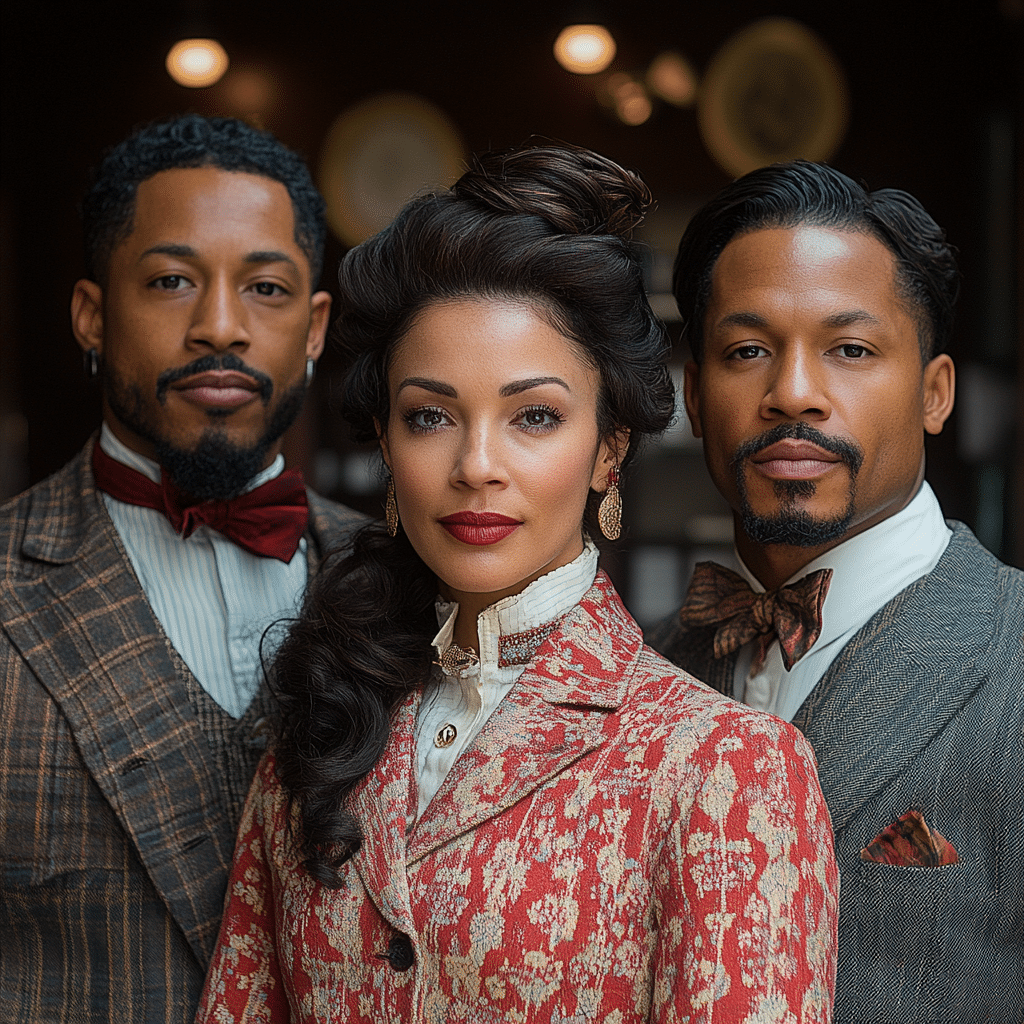
A Lasting Legacy: Violence, Humor, and the Question of Humanity
The lasting legacy of A Clockwork Orange lies in its undaunted exploration of morality and societal ill. Its ability to provoke and challenge audiences prompts us to question our own existence, making it a touchstone in film conversation. As cinema continues to evolve, Kubrick’s work reminds us of the dark corners of the human experience, ensuring that the bizarre mix of humor and violence remains relevant.
This cult classic continues to spark curiosity and debates among film lovers, educators, and critics alike. The exploration of the human condition through Kubrick’s unsettling lens exemplifies the ever-present power of cinema, engaging our minds and souls, and compelling us to revisit this masterwork time and time again.
In a world where you can now find new legends on streaming platforms with lists like the best Movies To stream right now, A Clockwork Orange stands tall as a reminder of the importance of such provocative content. So whether you’re curious about Clockwork Orange ties to modern creations or looking for vibes reminiscent of the storytelling brilliance in Moonstruck, this cult classic is an essential watch for any film aficionado.
Clockwork Orange: The Disturbing Brilliance of a Cult Classic
A Slice of History
Did you know that “A Clockwork Orange” was released back in 1971, but its influence lingers on like a haunting melody? This film, directed by Stanley Kubrick, became synonymous with a twisted view of dystopia and morality. Interestingly, it sparked a wave of controversy upon its release due to its graphic content, leading to it being banned in several countries. Talk about stirring the pot! The film’s unsettling themes resonate even today, echoing in pop culture references and projects like “America’s Got Talent,” where artists often channel its vibe in edgy performances.
Behind the Camera
Kubrick wasn’t just a director; he was a visionary who brought unique concepts to the silver screen. One notable tidbit is that the film was adapted from Anthony Burgess’s 1962 novel, but Kubrick made some significant changes, particularly in the depiction of violence. That’s right, violence in “A Clockwork Orange” isn’t just there for shock value; it’s a commentary on society. Interestingly, you can find traces of this narrative echoing in modern figures like Jeremy Meeks, who, despite his controversial past, has successfully transitioned into the fashion world, drawing parallels in redemption arcs.
A Lasting Legacy
The cultural impact of “A Clockwork Orange” doesn’t stop there. Fans often cite Alex DeLarge’s character as an influence on numerous pop stars and their music videos. Even hip-hop artists like Fat Joe have referenced the film, showcasing how its themes resonate across genres and generations. On the flip side, the artistic visuals from the film, like the iconic eye scenes, remind many of abstract concepts represented in other media, extending even to dancers like Rylee Arnold, who masterfully embody varying interpretations of rebellion and conformity. As you can see,A Clockwork Orange” not only provokes thought but also continues to inspire and shape cultural dialogues today.
